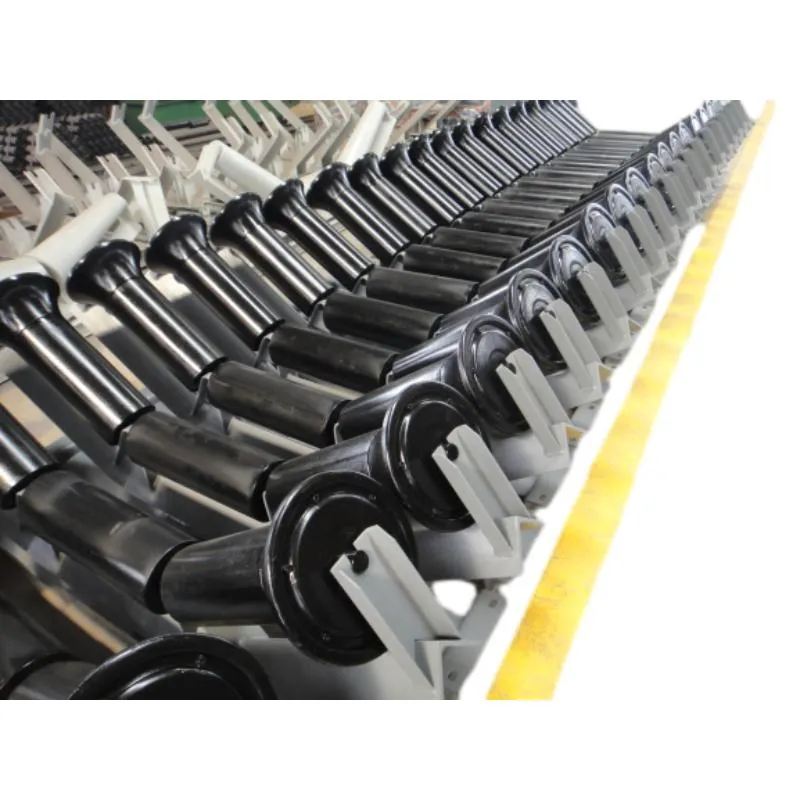 Afrikaans
Afrikaans  Albanian
Albanian  Amharic
Amharic  Arabic
Arabic  Armenian
Armenian  Azerbaijani
Azerbaijani  Basque
Basque  Belarusian
Belarusian  Bengali
Bengali  Bosnian
Bosnian  Bulgarian
Bulgarian  Catalan
Catalan  Cebuano
Cebuano  Corsican
Corsican  Croatian
Croatian  Czech
Czech  Danish
Danish  Dutch
Dutch  English
English  Esperanto
Esperanto  Estonian
Estonian  Finnish
Finnish  French
French  Frisian
Frisian  Galician
Galician  Georgian
Georgian  German
German  Greek
Greek  Gujarati
Gujarati  Haitian Creole
Haitian Creole  hausa
hausa  hawaiian
hawaiian  Hebrew
Hebrew  Hindi
Hindi  Miao
Miao  Hungarian
Hungarian  Icelandic
Icelandic  igbo
igbo  Indonesian
Indonesian  irish
irish  Italian
Italian  Japanese
Japanese  Javanese
Javanese  Kannada
Kannada  kazakh
kazakh  Khmer
Khmer  Rwandese
Rwandese  Korean
Korean  Kurdish
Kurdish  Kyrgyz
Kyrgyz  Lao
Lao  Latin
Latin  Latvian
Latvian  Lithuanian
Lithuanian  Luxembourgish
Luxembourgish  Macedonian
Macedonian  Malgashi
Malgashi  Malay
Malay  Malayalam
Malayalam  Maltese
Maltese  Maori
Maori  Marathi
Marathi  Mongolian
Mongolian  Myanmar
Myanmar  Nepali
Nepali  Norwegian
Norwegian  Norwegian
Norwegian  Occitan
Occitan  Pashto
Pashto  Persian
Persian  Polish
Polish  Portuguese
Portuguese  Punjabi
Punjabi  Romanian
Romanian  Russian
Russian  Samoan
Samoan  Scottish Gaelic
Scottish Gaelic  Serbian
Serbian  Sesotho
Sesotho  Shona
Shona  Sindhi
Sindhi  Sinhala
Sinhala  Slovak
Slovak  Slovenian
Slovenian  Somali
Somali  Spanish
Spanish  Sundanese
Sundanese  Swahili
Swahili  Swedish
Swedish  Tagalog
Tagalog  Tajik
Tajik  Tamil
Tamil  Tatar
Tatar  Telugu
Telugu  Thai
Thai  Turkish
Turkish  Turkmen
Turkmen  Ukrainian
Ukrainian  Urdu
Urdu  Uighur
Uighur  Uzbek
Uzbek  Vietnamese
Vietnamese  Welsh
Welsh  Bantu
Bantu  Yiddish
Yiddish  Yoruba
Yoruba  Zulu
Zulu Understanding Drive Pulleys in Belt Conveyor Systems for Efficient Material Handling
Understanding Drive Pulleys in Belt Conveyors
Belt conveyors play a crucial role in a wide array of industries, from manufacturing to mining, pharmaceuticals, and food processing. Their ability to efficiently transport materials from one point to another has made them indispensable in modern production and supply chain systems. At the heart of these systems lies the drive pulley, a critical component that ensures the smooth operation of belt conveyors. In this article, we will explore the purpose, functionality, and significance of drive pulleys in belt conveyors, as well as some best practices for their maintenance and selection.
What is a Drive Pulley?
A drive pulley, also known as a head pulley, is located at the discharge end of a belt conveyor. Its primary function is to drive the belt forward, enabling the transport of materials. The drive pulley is connected to a motor that provides the necessary power to rotate the pulley. As the motor turns the drive pulley, the belt moves over it, allowing materials to be conveyed from one area to another.
The Functionality of Drive Pulleys
Drive pulleys are typically made of strong materials, such as steel or aluminum, to withstand the forces exerted during operation. They can vary in size and diameter depending on the specific application and the load requirements of the conveyor system. The surface of the drive pulley is often coated with rubber or other friction-enhancing materials to improve grip on the belt, which is crucial for preventing slippage and ensuring smooth operation.
In addition to driving the belt, the design of the drive pulley can also influence other factors, such as the speed and tension of the conveyor system. Proper alignment of the drive pulley is essential to prevent wear and tear on both the pulley and the belt, as misalignment can lead to friction issues and premature failure of components.
Importance of Drive Pulleys in Conveyor Systems
Drive pulleys are vital for operational efficiency in belt conveyors. When functioning correctly, they contribute to maintaining a steady and reliable material flow, which is essential for productivity in various industries. Moreover, the efficiency of the drive pulley directly affects energy consumption; poorly designed or maintained pulleys can lead to increased friction, resulting in higher energy costs.
Additionally, the durability and reliability of drive pulleys play a significant role in minimizing downtime. When a drive pulley fails, it can halt the entire conveyor system, leading to costly delays. Therefore, investing in high-quality drive pulleys and implementing regular maintenance practices is crucial to avoid such setbacks.
drive pulley in belt conveyor

Maintenance Best Practices
To ensure the longevity and optimal performance of drive pulleys, regular maintenance is indispensable
. Here are some best practices to consider1. Inspection Conduct routine inspections of the drive pulleys for signs of wear, misalignment, and damage. Look for surface wear, cracking, or the buildup of debris that could hinder performance.
2. Lubrication Properly lubricate bearings and moving parts to minimize friction and wear. Ensure that the lubricant used is suitable for the operating conditions.
3. Alignment Checks Regularly check the alignment of the drive pulley with the conveyor belt. Misalignment can lead to uneven wear on the belt and other components.
4. Adjusting Tension Monitor and adjust the tension of the conveyor belt connected to the drive pulley. Proper tension is vital to prevent slipping and ensure efficient operation.
5. Replacement and Upgrades Be proactive in replacing worn or outdated drive pulleys with newer, more efficient models that meet the latest industry standards.
Conclusion
In summary, drive pulleys are an integral component of belt conveyor systems, playing a crucial role in material handling across various industries. Understanding their function and importance can help companies optimize their conveyor systems, improve operational efficiency, and reduce downtime. By prioritizing proper maintenance and selecting high-quality drive pulleys suited to specific applications, businesses can ensure that their conveyor systems operate smoothly and effectively, thus contributing to overall productivity and success.
-
Revolutionizing Conveyor Reliability with Advanced Rubber Lagging PulleysNewsJul.22,2025
-
Powering Precision and Durability with Expert Manufacturers of Conveyor ComponentsNewsJul.22,2025
-
Optimizing Conveyor Systems with Advanced Conveyor AccessoriesNewsJul.22,2025
-
Maximize Conveyor Efficiency with Quality Conveyor Idler PulleysNewsJul.22,2025
-
Future-Proof Your Conveyor System with High-Performance Polyurethane RollerNewsJul.22,2025
-
Driving Efficiency Forward with Quality Idlers and RollersNewsJul.22,2025





























